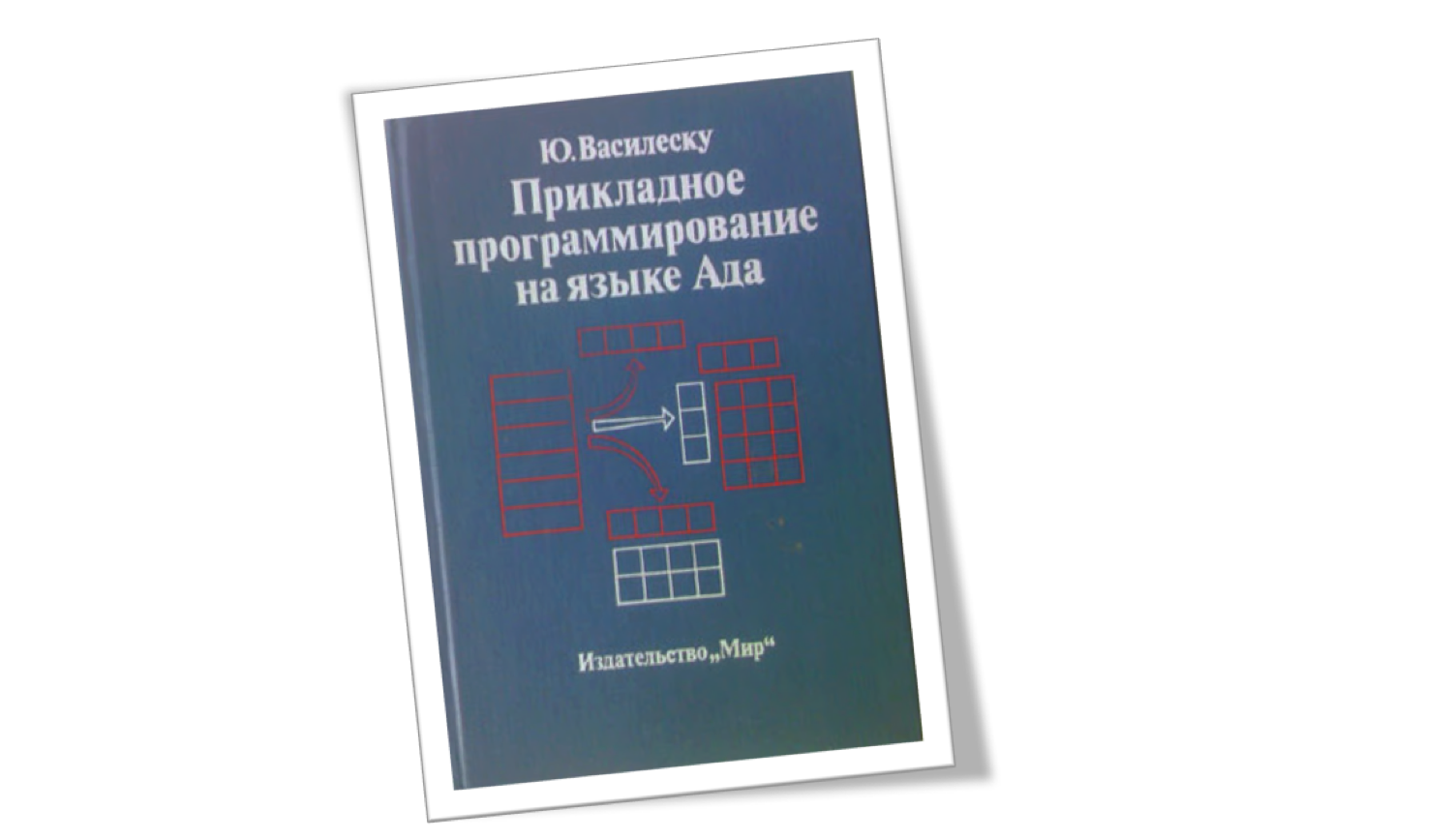Hell language programming

It happened the other day at one Belarusian resource to read the article "10 programming languages that no one else needs." Among the “buried alive” were Fortran, Basic, J #, Turbo Pascal, Ada and others. So, oddly enough, the discussion of Ada caused the greatest controversy (I hope in this place I do not insult anyone's feelings). Which, in fact, made me delve into this fascinating topic.
Ada got its name in honor of the very Ada Lovelace , the great mathematician and the world's first programmer (by the way, she is the only legitimate child of the famous English poet George Gordon Byron and his wife Anna Isabella Byron ). This language was created in the late seventies for the onboard systems of Pentagon military facilities.
')
It is all the more surprising that in 1989 the GOST (it’s also the state standard) for work with this programming language materialized in the USSR. If you delve into the document, there you can find a lot of interesting things. In general, I want to take my hat off to the predecessors who have done this truly impressive work. Honestly, in the 80s in the USSR, oddly enough, in general with books on programming seems to be quite good. Here is a brief Ada-bibliography.
Experts agree that there are not so many real servants of Hell in the post-Soviet space. This is understandable. Still, basically this language is used for software development in avionics, nuclear energy and in other industrial sectors, which cannot be accessed in Java.
It is worth noting that the language was originally designed for embedded systems. From here - undeveloped Ada in terms of GUI and DBMS. And since with this she is tight, then there was no chance to develop. Why is it a mass developer, because ~ 99% of user applications need GUI and DBMS.
Syntax
Ada has a simple, understandable, easily readable syntax, which significantly reduces the risk of situations where a random typo leads to the fact that the code does not become formally wrong, but its semantics change significantly.
Initially, Ada is a modular, strongly typed programming language that inherits the syntax from Pascal and Algol. If you studied first at school or college, then looking at “Hello, World!” Should be nostalgic:
with Ada.Text_IO; procedure Hello is use Ada.Text_IO; begin Put_Line("Hello, world!"); end Hello; One of the main requirements for the language was the reliability of its use. Accordingly, this entailed strict limitations on the structure, types, writing, and much more. In addition, almost all errors are captured here at the compilation stage. Another requirement was the maximum readability of the code in printed form, which resulted in the heaviness of the resulting language and low flexibility.
Later standards partially solved these problems, but for obvious reasons, they did not make the second Python from Hell. ( c )
Where is more Hell?
Having rummaged through “these-your” Internet sites, it turned out that Boeing, Airbus and even Russian Il-96 and Be-200 fly thanks to software development from Hell. All aviation is sitting tight there. Software for nuclear power plants and even the banking system, including ATM networks from Hell, is also not far away. Similar can be said about the auto industry.
Nevertheless, if we compare the number of requests from HR to specialists in C #, Python, Java, C ++, then it is obvious that Ada adepts are required several times less. But this does not mean that they are not needed at all. It was not by chance that in 2012 new language standards were developed. It is believed that very soon he will get a second wind. However, in fairness, it is worth noting that during its nearly forty-year history, such predictions were not enough.
If you are interested in this language and you suddenly decided to find out where in the world today Hell’s granite gnaws, follow the link . But, if you are a C ++ specialist, then Parallels has a place for you. Wellcome!

Source: https://habr.com/ru/post/430924/
All Articles